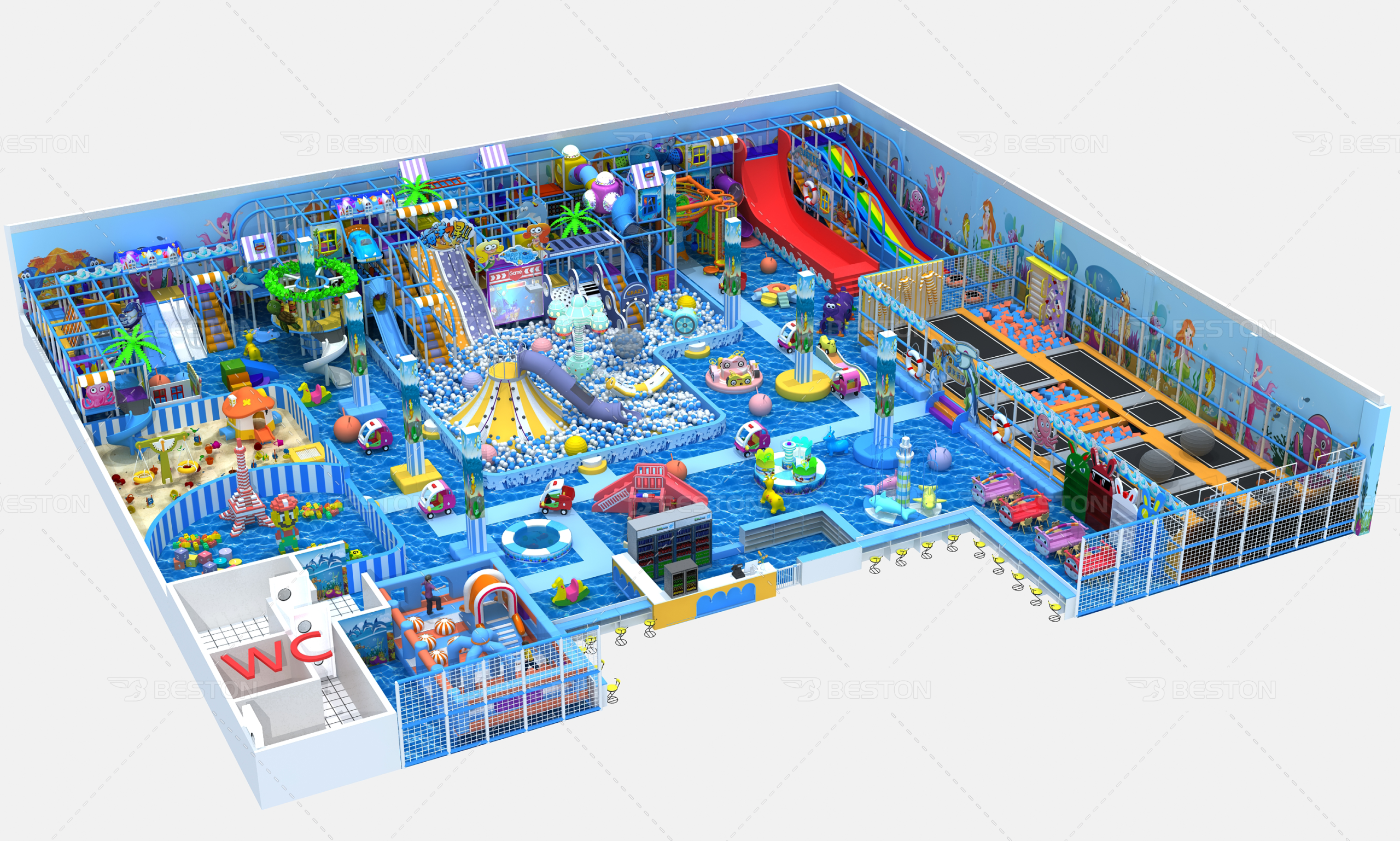Investing in indoor playgrounds isn’t just about the initial purchase. While many buyers focus solely on the upfront price when they buy rides or large play structures, smart planning means anticipating the long-term financial responsibilities that come with ownership. Beyond installation, your equipment will require maintenance, cleaning, repairs, and eventual upgrades. These often-overlooked factors can significantly impact your budget over time.
Understanding these future costs helps ensure a successful and sustainable operation. Whether you’re setting up a play zone in a mall, daycare, or family entertainment center, factoring in these elements can help you make more informed purchasing decisions — especially when it comes to kiddie rides and interactive equipment.
The Long-Term Cost of Ownership: More Than Just the Sticker Price
Why Future Costs Should Guide Your Buying Strategy
When buyers first explore indoor playground (игровой лабиринт купить) options, they’re often drawn to attractive price tags and vibrant designs. But the financial commitment extends far beyond the day you buy rides. The real value of any purchase lies in its durability, upkeep, and how much it costs to run and maintain that equipment over its lifespan.
Neglecting to plan for long-term expenses can lead to unpleasant surprises and hurt your profitability. That’s why it’s crucial to look at the full cost of ownership — not just what you pay today, but what you’ll spend over the next five or ten years.
Cleaning and Hygiene: A Critical Maintenance Factor
How Sanitation Impacts Costs and Reputation
In today’s health-conscious climate, regular cleaning is not optional — it’s expected. Indoor playgrounds, particularly those featuring soft play zones and kiddie rides, must be cleaned frequently to ensure safety and meet health regulations.
Some materials require more effort and labor to clean than others. Choosing equipment made from antimicrobial, non-porous, or washable surfaces can reduce the need for constant disinfection. If you buy rides (аттракционы купить) that are complex in shape or use materials that trap dirt, you may spend more on cleaning staff or professional services.
Long-term, it’s often more economical to invest in easy-to-clean equipment upfront than to deal with the high operational costs of labor-intensive maintenance.
Durability and Repairs: Protecting Your Investment
What Breaks First — And How Much It Costs to Fix
All mechanical and play equipment experiences wear and tear. Kiddie rides (детские аттракционы купить), interactive panels, ball pits, and climbing structures can degrade over time with daily use. Bolts may loosen, paint can fade, and internal electronics can fail.
Cheap equipment that looks good at first may not stand up to prolonged use. When you buy rides, especially for commercial use, make sure they’re manufactured with industrial-grade materials and offer replaceable parts. This allows you to repair specific components instead of replacing an entire unit, saving money in the long run.
Routine Inspections and Safety Upkeep
Building a Preventative Maintenance Schedule
Playground (оборудование для детского развлекательного центра) operators should set up a regular inspection routine. This includes checking for structural integrity, testing electronic kiddie rides for proper operation, and reviewing surfaces for any sharp edges or broken components. Neglecting these inspections can not only cost more later but may also create liability risks.
Partner with suppliers who offer support packages or extended warranties. Some vendors also provide staff training, so your team can perform basic inspections and repairs in-house — reducing reliance on outside technicians.
Energy Usage and Operational Expenses
Running Costs That Add Up
Electric-powered rides, lighting systems, and interactive features can consume considerable energy. Over time, this adds to your monthly expenses. Look for energy-efficient alternatives when you buy rides that operate on electricity, such as low-voltage motors or LED lighting.
Even passive play zones, like slides and tunnels, may require HVAC considerations in indoor settings to maintain a comfortable environment. Every kilowatt counts, especially if your facility is open year-round.
Planning for Replacement and Upgrades
Keeping Your Space Fresh Without Breaking the Bank
Children’s interests evolve, and repeat visitors can lose interest in the same setup. That’s why it’s important to plan for periodic upgrades or equipment refreshes. Modular designs make it easier to swap out sections of your playground without replacing the whole system.
If you initially buy rides that allow for future attachments or expansions, you’ll spend less down the line. This is particularly important for businesses that want to keep their attractions appealing and competitive in the long term.
Budgeting Smarter: How to Prepare for the Road Ahead
Building a Financial Model That Includes Long-Term Costs
To stay financially healthy, build a budget that accounts for:
- Annual maintenance and cleaning supplies
- Replacement of worn-out kiddie rides
- Staff training and inspections
- Energy consumption
- Future upgrades or redesigns
Many successful playground operators allocate 10–15% of their equipment’s purchase price annually for ongoing maintenance and upgrades. This proactive approach reduces the chances of sudden, large expenses that can destabilize your operations.
Final Thoughts: A Balanced View Leads to Better Results
Making the decision to buy rides for your indoor play center is just the first step. The real challenge — and opportunity — lies in maintaining those rides, protecting your investment, and adapting to future demands. By considering long-term costs from the start, you ensure that your space remains fun, safe, and profitable for years to come.
Whether you’re investing in interactive elements or stationary kiddie rides, prioritizing durability, ease of maintenance, and upgrade potential will pay off in the long run. The key to a successful indoor playground isn’t just the initial spend — it’s how well you manage and sustain that investment into the future.

